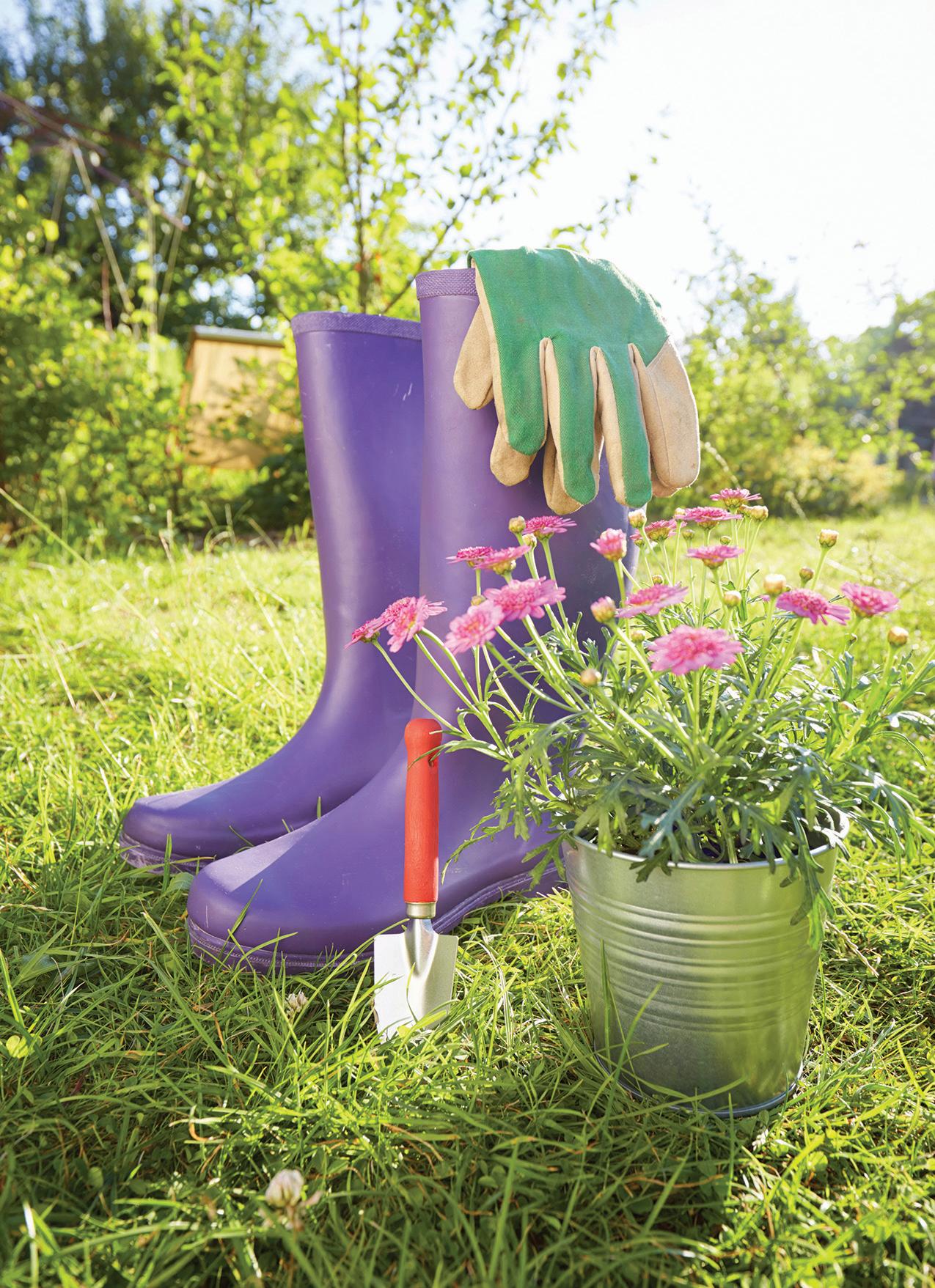HOW TO PICK THE RIGHT
Trees For Your Property T
rees benefit a landscape by serving both aesthetic and utilitarian functions. A home surrounded by healthy green trees can be a sight to behold, and those same trees can benefit surrounding plants and wildlife at the same time. As appealing as trees are, not all trees and landscapes make for the perfect match. The Arbor Day Foundation notes the importance of planning when designing a landscape. Planning ensures the trees homeowners ultimately choose for their properties will grow well in the soil and moisture present in their yards. Careful consideration of a handful of variables can help homeowners determine which trees will make the best fit for their properties. Trees serve many functions on a property. Choosing the right trees for a landscape requires careful consideration of a host of variables.
Tips To Help Homeowners Pick The Right Trees Height
Homeowners must consider the projected height of a tree before planting it. Avoid trees that will bump into anything when fully grown, as that can adversely affect surrounding greenery and pose a safety hazard. The ADF’s tree sizing guide can be accessed at https:// www.arborday.org/trees/rightTreeAndPlace/size.cfm and serves as an invaluable resource for homeowners who want to plant new trees around their properties.
Canopy spread
Trees grow out as well as up, so it’s important to consider their potential width at maturity as well. The ADF sizing guide can help homeowners get an idea of how wide a tree is likely to be at maturity. Trees that spread out quite a bit don’t necessarily need to be avoided, but it’s important that they’re planted far enough apart so they don’t adversely affect surrounding plants. In addition, wide trees that are planted too close together can make the landscape appear crowded, taking something away from its aesthetic appeal.
Growth rate
Growth rate is an important variable because it can affect how quickly homeowners will see changes in their landscapes. Homeowners who want to plant for privacy can consider trees with quick growth rates or purchase more mature trees that are already near full growth. Those who are not in need of instant transformation can try trees with slower growth rates, which the ADF notes typically live longer than fast-growing species.
Requirements
Different trees require different amounts of sun and moisture and different soil components to thrive. Homeowners can have their soil tested to determine which trees will thrive in it. Local garden centers can be a great resource for homeowners who want insight as to which trees will thrive in their local climates.
PONTOTOC HOMES |11




